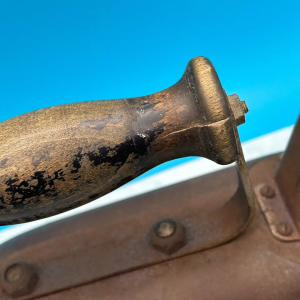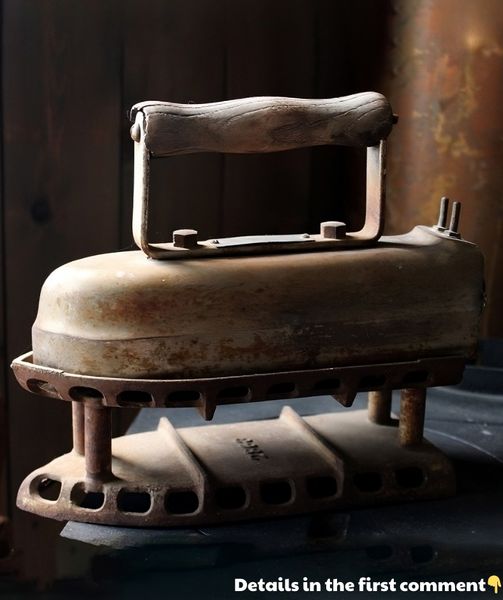As the centuries passed, the smoothing iron continued to evolve, with the first true “flatirons” emerging in Europe during the 1300s. These simple yet ingenious tools consisted of a smooth metal plate affixed to a handle, which would be heated over an open flame and then applied to the fabric. To prevent soot or char from staining the garment, users would often place a layer of cloth between the iron and the material being pressed.
The flatiron remained the standard for several hundred years, until the development of the “box iron” in the 1500s. This innovative design featured a flat-bottomed metal box that could be filled with hot coals, bricks, or other heating elements, eliminating the need for the protective cloth layer. This advancement not only made the ironing process more efficient but also helped to keep the iron’s surface cleaner and better-maintained.

As metal-working technology continued to advance in the 19th century, the smoothing iron underwent a series of further refinements. Flatirons could now be heated atop cast-iron stoves, making the process much easier and cleaner than relying on an open flame. Wooden handles were also introduced, protecting users from the intense heat of the iron.
The next major breakthrough came with the advent of gas irons in the 1870s. These lightweight appliances featured a built-in burner that was fueled by a gas line, allowing for a more consistent and controllable source of heat. This innovation paved the way for the ultimate transformation of the smoothing iron – the introduction of the electric iron in the 1880s.
With the widespread electrification of American homes in the late 19th century, the electric iron quickly became a game-changer. No longer reliant on the constant need for reheating, these modern marvels incorporated built-in coils and heating elements, making the ironing process faster, more efficient, and far more convenient for the user.
ADVERTISEMENT
